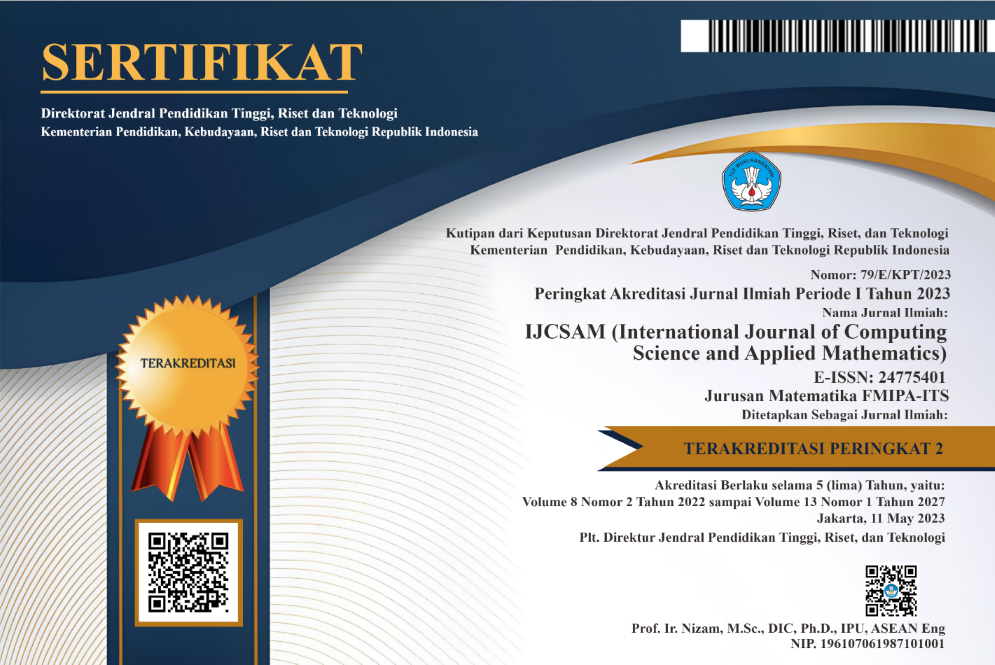Modeling Coffee Price using Jump Diffusion Model: The case of Ethiopia
Abstract
Keywords
Full Text:
PDFReferences
D. Nure, “Mapping quality profiles of ethiopian coffee by origin,” Eds. Adugna, G., Bellachew, B., Shimber, T., Taye, E., Kufa, pp. 317–227, 2008.
B. Beshah, D. Kitaw, and T. Dejene, “Quality and value chain analyses of ethiopian coffee,” Journal of Agriculture and Social Research (JASR), vol. 13, no. 2, pp. 35–41, 2013.
G. A. I. N. (GAIN), “Coffee annual report:assessment commodity and trade issue made by usda staff,” GAIN Report no. ET-1615, Tech. Rep., 2016.
B. Minten, S. Tamru, T. Kuma, and Y. Nyarko, Structure and performance of Ethiopia s coffee export sector. Intl Food Policy Res Inst, 2014, vol. 66.
F. Hanson and J. Westman, “Stochastic analysis of jump-diffusions for financial log-return processes,” in Stochastic Theory and Control, 2002, pp. 169–183.
J. Rafiee and P. Tse, “Use of autocorrelation of wavelet coefficients for fault diagnosis,” Mechanical Systems and Signal Processing, vol. 23, no. 5, pp. 1554–1572, 2009.
R. Merton, “Option pricing when underlying stock returns are discontinuous,” Journal of financial economics, vol. 3, no. 1-2, pp. 125–144, 1976.
G. Sarwar and T. Krehbiel, “Empirical performance of alternative pricing models of currency options,” Journal of Futures Markets: Futures, Options, and Other Derivative Products, vol. 20, no. 3, pp. 265–291, 2000.
H. Askari and N. Krichene, “Oil price dynamics (2002–2006),” Energy Economics, vol. 30, no. 5, pp. 2134–2153, 2008.
E. Jondeau, S.-H. Poon, and M. Rockinger, Financial modeling under non-Gaussian distributions. Springer Science & Business Media, 2007.
P. Jorion, “On jump processes in the foreign exchange and stock markets,” The Review of Financial Studies, vol. 1, no. 4, pp. 427–445, 1988.
S. Kou, “A jump-diffusion model for option pricing,” Management science, vol. 48, no. 8, pp. 1086–1101, 2002.
C. Ball and W. Torous, “On jumps in common stock prices and their impact on call option pricing,” The Journal of Finance, vol. 40, no. 1, pp. 155–173, 1985.
DOI: http://dx.doi.org/10.12962%2Fj24775401.v5i1.3816
Refbacks
- There are currently no refbacks.
View My Stats

International Journal of Computing Science and Applied Mathematics by Pusat Publikasi Ilmiah LPPM, Institut Teknologi Sepuluh Nopember is licensed under a Creative Commons Attribution-ShareAlike 4.0 International License.
Based on a work at https://iptek.its.ac.id/index.php/ijcsam.






